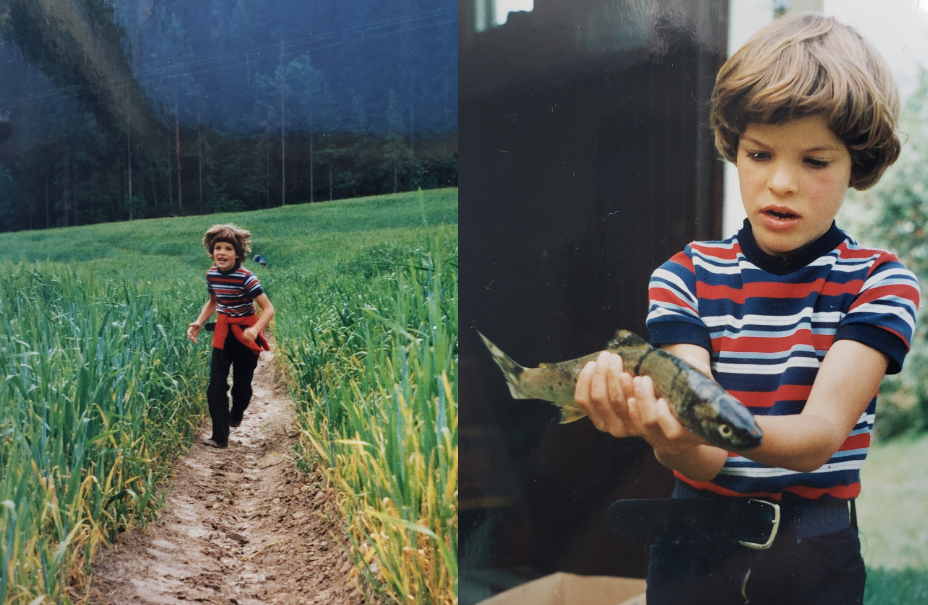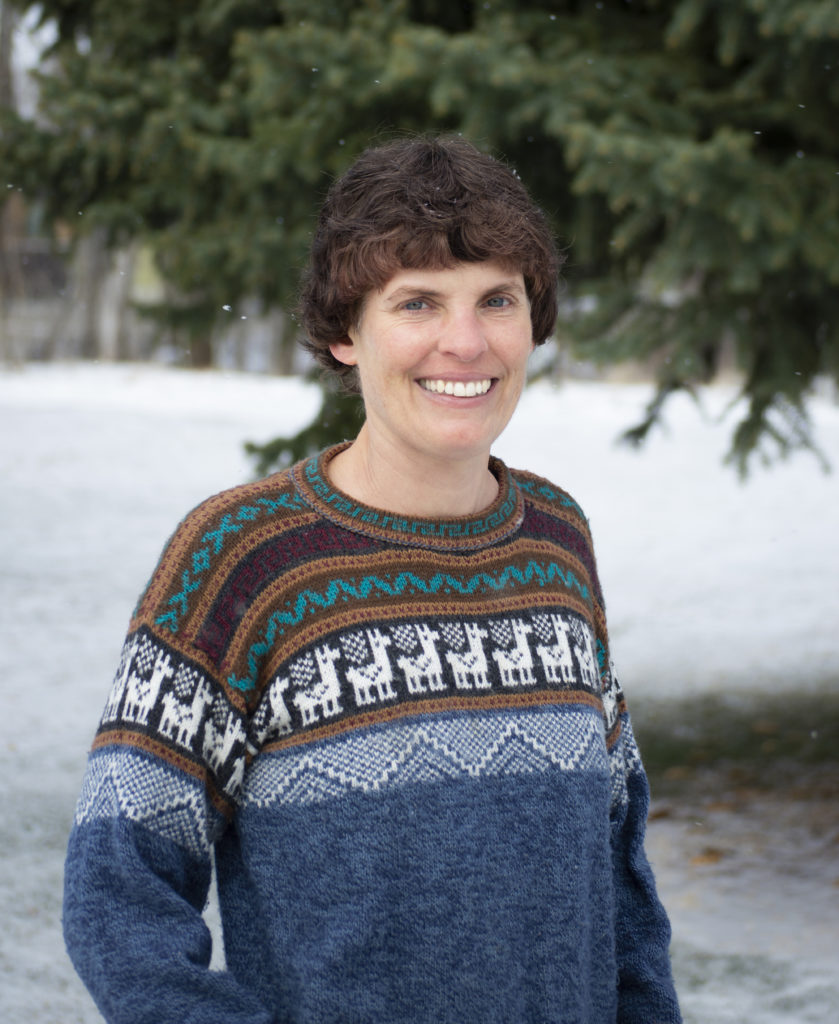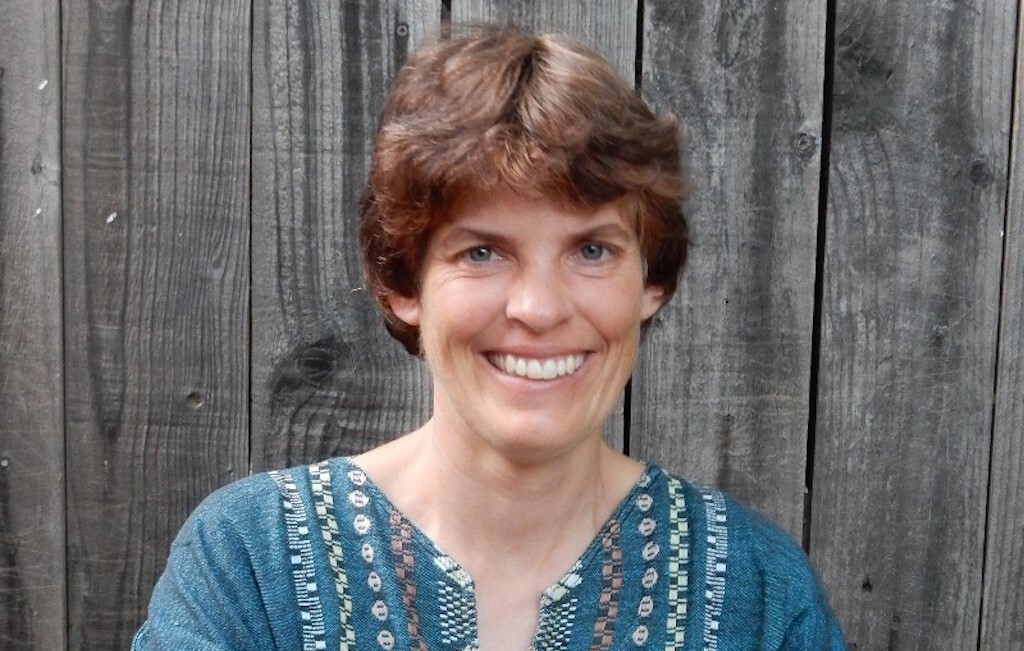 Life seems to be coming full circle for Senior Conservation Scientist Dr. Annika Keeley. She currently resides in her sleepy German hometown of 6,000, working remotely for the Center for Large Landscape Conservation while visiting her parents—her typical habitat is that of Davis, California, just west of Sacramento. But it is her homeland countryside that spurred Annika’s love for nature and, more specifically, the science behind it.
Life seems to be coming full circle for Senior Conservation Scientist Dr. Annika Keeley. She currently resides in her sleepy German hometown of 6,000, working remotely for the Center for Large Landscape Conservation while visiting her parents—her typical habitat is that of Davis, California, just west of Sacramento. But it is her homeland countryside that spurred Annika’s love for nature and, more specifically, the science behind it.
Upon joining a biology club in the eighth grade, Annika spent hours outside learning bird songs, identifying local butterfly species, and roaming around at midnight with a bat detector. She and her clubmates even conducted a study to determine the prey items of local barn owls by dissecting owl pellets and identifying the skulls contained within. Annika’s childhood exchange with nature and science sounds idyllic—the exact type of field-based, implicit learning that so many children crave and few receive.
“My interest in studying the natural environment came from here,” muses Annika.
Today the drive to investigate and unpeel the ecological matrix is at the crux of her work. As a child watching the natural processes unfold – how the landscape and wildlife interacted—Annika discovered her interest in connectivity science, narrowing in on a future career dedicated to measuring these systems and understanding how to best support the ecosystem’s interactions. Defined as the study of species movements and the flow of natural processes that sustain life on Earth, ecological connectivity science underpins the focal vision and mission at the Center.
After earning a bachelor’s degree in zoology and botany in Canada, she traveled to the states to further her academic qualifications and has been here ever since. She went on to procure a master’s degree in wildlife biology and a Ph.D. in forest science, grounding her vocation with a broad knowledge base and a finely-tuned expertise. Not to mention that the father of connectivity conservation science, Dr. Paul Beier, was her advisor.
 Annika’s vast scientific reach affects the lives of many tangibly, unbeknownst to them, as the world begins to grapple with how to mitigate biodiversity loss, build resilience, and save nature in the face of climate change and growing human development. Before working at the Center, she was a bat biologist in Austin, Texas, developing a statewide bat conservation plan in coordination with agency biologists. She conducted systematic reviews for California’s 4th Climate Change Assessment, analyzing methods used to integrate connectivity and climate science and studying barriers and opportunities related to corridor planning and practice. As the senior environmental scientist on the Delta Stewardship Council, she led the ecosystem component of the Sacramento-San Joaquin, California, climate change vulnerability assessment.
Annika’s vast scientific reach affects the lives of many tangibly, unbeknownst to them, as the world begins to grapple with how to mitigate biodiversity loss, build resilience, and save nature in the face of climate change and growing human development. Before working at the Center, she was a bat biologist in Austin, Texas, developing a statewide bat conservation plan in coordination with agency biologists. She conducted systematic reviews for California’s 4th Climate Change Assessment, analyzing methods used to integrate connectivity and climate science and studying barriers and opportunities related to corridor planning and practice. As the senior environmental scientist on the Delta Stewardship Council, she led the ecosystem component of the Sacramento-San Joaquin, California, climate change vulnerability assessment.
In the past year, she has presented at the UN Biodiversity Conference (COP15) and the UN Convention to Combat Desertification Conference in 2022. The list of notable works goes on, as does Annika’s wealth of publications, like this one on connectivity conservation planning.
So, what’s next on the docket? Annika continues to work at the Center as the director of our Connectivity Science program, expanding our science leadership and building upon our long history of being leaders in connectivity conservation. The measuring and monitoring of connectivity take precedence in her projects as countries get ready to implement corridors and other nature-positive initiatives.
“The need for information, the desire for science-based decisions…I hear it all the time. The ask for it is there. My team and I can help provide it,” states Annika.
To encapsulate her is to know her favorite ice-breaker question: “What is your favorite animal adaptation?” How many individuals struggle to answer because there are too many to choose from in their mind’s Rolodex? If you were wondering about her answer…
“The ability of bats, and even some birds, to reduce their body temperature to conserve energy, otherwise known as torpor,” reveals Dr. Keeley.



